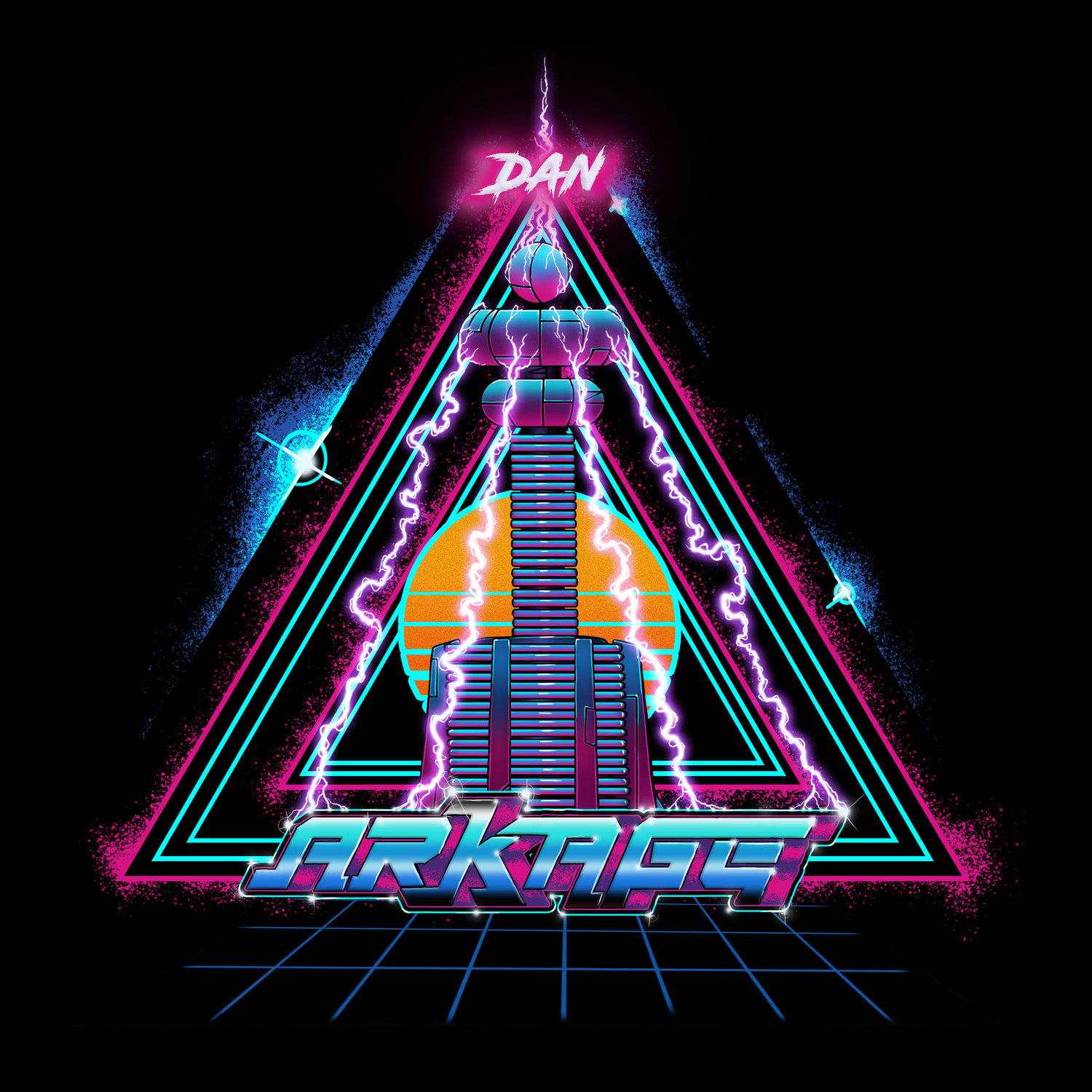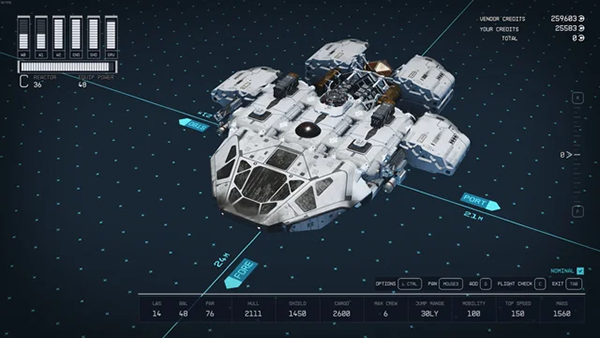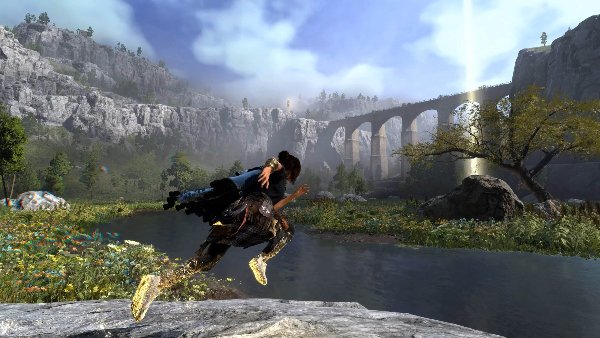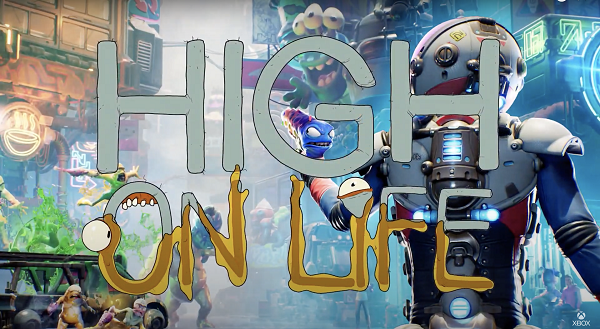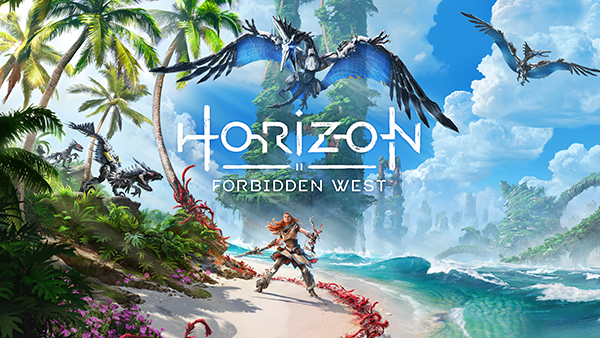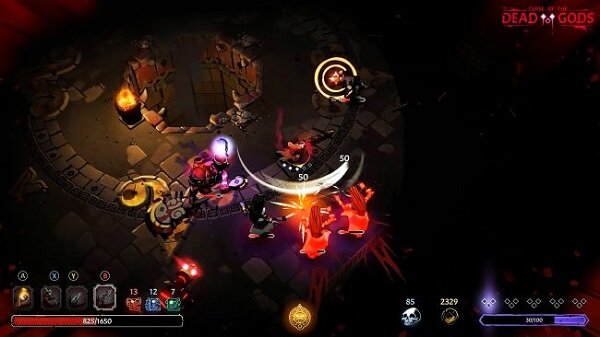More often than not, the third outing in a given franchise is often considered the worst. Return of the Jedi, for example, was considered the worst of the original trilogy, as was Blade Trinity and Sam Raimi’s Spider-Man 3, a movie that suffered from far too many villains but did bring us the always great bully maguire meme.
The same is true of video games, but every so often you get a third entry that surpasses its predecessors in just about every way, taking the lessons learned from previous games and applying it with such skill as to make it feel fresh and intimately familiar all at once, and that is where Marvel’s Spider-Man 2 lives.
Yes, that is a 2 at that the end of the title, but the second game, Miles Morales isn’t a throw away product, but an essential step in getting to a game so well designed as its newest brother, and boy is Spider-Man 2 well designed, never falling to open world traps like so many other games of its ilk, and nailing every aspect of what the previous two games setup for it.
This time around you switch between both Peter Parker’s Spider-Man and Miles Morales…Spider-man. At random points you will play as Peter’s long time love interest Mary-Jane Watson, but the game wisely stays away from being a local or online co-op game. Some missions require Peter, some require Miles and some can be completed by either. It is one of the best aspects of the game as you never feel like you are missing something nor do you require setting up a play session with a friend, partner or child to get the most out of the game.
Set after the events of both previous games, we see Peter still showing Miles the ropes of super-hero life with a spectacular opening sequence that highlights one of the series core tenants of being said hero while also trying to hold down normal things like a job or high school without getting into trouble. That sequence features an impressive fight with a giant SandMan as he for some reason goes berserk in the heart of New York.
Once that is complete, an old friend arrives in the form of Peter and Mary-Jane’s best friend Harry Osbourne. The trio, and especially Peter and Harry, reunite and you are treated to touching moments of normalcy from old friends picking up where they left off. It’s a great series of events that drop the action back down to people just living their lives and makes the story all that more engaging.
Soon though, that super-hero life comes calling, as a new nemesis heads to the big apple in the form of the mysterious Kraven the Hunter and his army. Armed with advanced technology and a single minded obsession with the hunt, and in the minds of the grunt enemies you will face, Kraven himself, they begin to spread throughout the city and become the primary threat for the majority of the game.
In gameplay terms this means much the same as it did for the gangs in the first two games. As you swing and fly around the city, you will come across random crimes being perpetuated or groups of hunters randomly attacking civilians and can go and fight them. These are decoupled from completing a given area of the city, unlike the first game, and makes for a good change where you don’t feel like you have to do them as they are really just XP farms.
I did say you can fly around the city, and one of the smartest decisions in this game is the inclusion of the web wings, turning Peter and Mile’s suits into wingsuits they can use to switch from swinging to gliding. It’s a really cool addition and makes navigating the city even easier than it already was, with a few challenges thrown in for fun side quests. Having wind tunnels dotted around that give you a massive speed boost when gliding and letting you get from one part of the city to another is also very useful and another smart addition.
The combat is much the same as the first two games, honed to perfection. It is expanded with suit abilities for Spider-Man and new Venom powers for Miles, with each hero getting their own skill tree along with one for both of them. The basic combat is the same as the first two games though, so if you didn’t vibe with it in either of those, then you won’t here. It’s expanded, yes, but it is essentially the same.
There are some cool additions that don’t impact how you play. Dropping down into a random crime encounter could see you actually dropping in to help the other Spider-Man fight the battle, which results in team up finishing moves that are super cool. Some other characters will show up as well in this same vein, it's a neat little thing that adds to the feeling that this version of New York is a living and breathing city, something that has become increasingly important in open world games.
Some of the main missions and side quests allow for the use of the same stealth mechanics used in previous games, and as in those it is very satisfying to stalk above a group of enemies slowly webbing them up. As you progress, you get access to web lines, which allow you to form your own paths over such areas and give a better degree of freedom in how you approach such areas. There is an argument to be made that this makes the stealth sections of the game almost trivial, especially when combined with the ability to perform multiple perch takedowns at once, I would disagree but that's just me.
One of the best things these games do is not fall into the open world trap of having so much to do on the map that it becomes a boring checklist. Part of this is that simply moving around the open world is so much fun that moving between objectives is a joy, but also there is just enough to tick off one or two on your way to the next main mission without just seeing icon after icon after icon on the map. It’s a great system and makes even earning the platinum trophy an experience you want to do and, more importantly, something that is actually fun.
The side quests themselves never feel tacked on and while most devolve into combat arena’s, they all have a point that adds to the feel of the world you are operating in. For example, a set of Mile’s side quests involve the classic Spider-Man villain Mysterio who is fresh out of prison and trying to go straight. It’s cool to have more to the side stuff than just beat this set of bad guys to a pulp and while yes, this was the case in the first games, here the writing is so much better for these missions and again, really add to the feel of the world.
Now, there is the matter of that other villain. I have been trying to dance around spoilers but since the very first trailer showed Venom, I think I am ok. At a certain point, Peter gets the classic black suit, which slowly increases his aggression. This comes through in the writing, like I say slowly at first - a snap at Miles here, a punch that is a little too powerful there but as the story progresses and the suit starts to take over Peter goes more than a little emo with it. It’s a great way to handle the second half of the game, and once Venom finally reveals himself the story ramps up to a great degree.
The main problem with this is it creates a game of two halves, one where you are fighting Kraven, and the second where you are fighting Venom and the grunt enemies he creates. It would be fine, but there is very little difference between the two, really boiling down to an extra set of side quests and changes to the random encounters. This also means that Venom is woefully underused and you don’t get that classic sense of him hunting Spider-Man down but then again, and as with everything with these games, Insomniac are telling their own version of the story, I just wish Venom was actually in the game more.
There is a lot to love in Marvel’s Spider-Man 2 but as I said before if the first two games didn’t hit for you then there is little here to change your mind. I did encounter a couple of bugs, the worst of which was a crash to desktop but considering the number of hours I put into it and I had that once and maybe two instances where one of the Spider-Men gets stuck on level geometry I am not sure I can say its buggy, it's just something to be aware of.
I have found with all three games in this series it is the main campaign ending that makes or breaks the game and while the label of bad cannot be leveled at any of them, each one has good and bad points. With this in mind I went into this game thinking it will be the end that will truly show me how good it is. While Miles Morales is still my personal favorite, the ending here is a damn fine one and expertly sets up a fourth game, one which I very much hope they get to make.
Marvel’s Spider-Man 2 is an expertly crafted open world game with brilliant combat, perfectly honed traversal mechanics and some of the best writing gaming has to offer. It looks gorgeous and as all the games in the series have had is a masterclass in voice acting. The only real thing I can point to as a problem is again, if the first two didn’t land with you then there is very little if anything here that will change your mind. For everyone else, you will find the game you already love at it’s peak.
